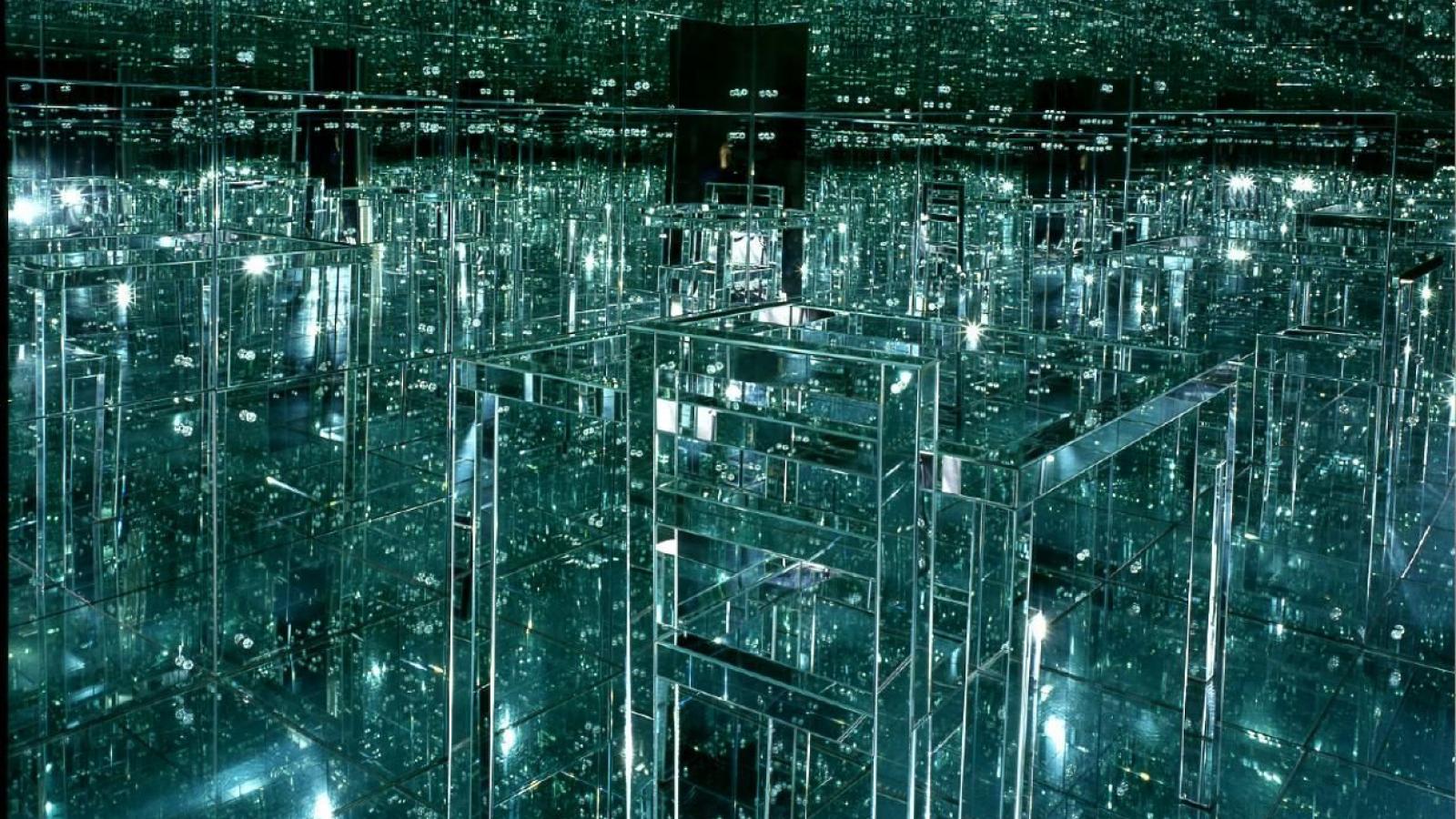This class examines the history, theory, and aesthetics of virtuality, and how experiences of it shape the way we understand our world, ourselves, and what makes us human. The course will take a long view of what virtuality has been and will be: we will look back to ancient immersive spaces and early philosophers to ground discussions of contemporary quandaries, such as the simulation hypothesis, the singularity, whole brain emulation, and transhumanism. In the context of this class, we will treat artists, filmmakers, and authors as speculative theorists hypothesizing possible futures and examining ancient pasts. In all of our investigations, we will place the physical body at the center of our thinking to see how virtuality complicates notions of embodiment and identity. Scholars of race, critical posthumanists, and cyberfeminists will be our guides through this material. We will engage with 3D cinema, immersive VR, AR, and interactive installations, as well as more traditional formats of cinema, art and literature. Artists and writers will likely include, among others: Legacy Russell, Donna Haraway, Sondra Perry, Martine Syms, Stephanie Dinkins, Zach Blas, Yayoi Kusama, James Turrell, David Cronenberg, Werner Herzog, Rainer Werner Fassbinder, Chris Marker, Cao Fei, Xu Zhen, Olafur Eliasson, Joy Buolamwini, Oliver Grau, Mark Fisher, John Perry Barlow, William Gibson, Plato, René Descartes, Jean Baudrillard, Erwin Panofsky, and Leon Battista Alberti.
Image credit: Lucas Samaras, Mirrored Room, 1966
Autumn 2021
Professor Kris Paulsen
Class #34109
In person TH 2:15-5:00

